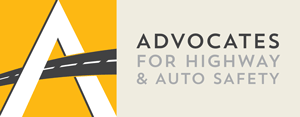For Immediate Release: September 13, 2019
Contact: Pete Daniels (202) 408-1711, (301) 442-2249 (c) or pdaniels@saferoads.org
Statement of Cathy Chase, President of Advocates for Highway and Auto Safety
Immediate Opportunities to Protect Children in Cars By Advancing Essential State & Federal Laws During “Child Passenger Safety Week”
Many states lack proven child seat and seat belt laws
Many vehicles lack verified crash avoidance and passenger detection and alert safety technologies
Motor vehicle crashes are a leading cause of death for children in the United States, according to the Centers for Disease Control and Prevention (CDC). On average, three children under age 14 were killed in traffic crashes each day in 2017, resulting in 1,147 fatalities, according to the National Highway Traffic Safety Administration (NHTSA). Further, 178,000 children were injured in crashes in 2015, the most recent year for which data is available (NHTSA). Clearly, this is a public health epidemic in need of urgent remedies. This “Child Passenger Safety Week” (Sept. 15-21), Advocates for Highway and Auto Safety (Advocates) urges our nation’s leaders to take swift action to advance proven solutions.
States play a critical role in ensuring that child safety seats and seat belts appropriate for a child’s age and development are used by passing laws to require their proper usage. Advocates calls upon state legislatures to enact the following child passenger safety laws:
- Children should be kept in a rear-facing car seat until age two or older, providing optimal support for the head and neck in the event of a crash.
- When a child has outgrown a rear-facing car seat, they should transition to a forward-facing harness and tether seat until they outgrow the height and weight limit of the seat.
- Children should then use a booster seat until they can properly be restrained by a seat belt, at approximately 57 inches in height.
- Children should remain buckled up in the back seat until at least age 13, and all occupants should be required to use seat belts.
Each year Advocates releases the Roadmap of State Highway Safety Laws, rating states on 16 critical state traffic laws, including child passenger safety. To see individual state ratings CLICK HERE. To date, only 15 states (CA, CT, IL, LA, ME, NE, NJ, NY, OK, OR, PA, RI, SC, VA, WA) and DC have passed an optimal rear facing through age 2 law and 16 states (CA, GA, ME, MD, MA, MI, MN, NJ, ND, OR, RI, SC, TX, UT, WA, WV) have passed an optimal booster seat law. 31 states lack a primary enforcement seat belt law for all occupants, including those in the rear seat which are often teens and children. In addition to state legislatures acting to close these gaps in state laws to improve safety, the U.S. Department of Transportation needs to issue the long-overdue rule requiring rear seat belt reminders.
Advanced crash avoidance technologies, which enhance safety for all occupants including children, should be required on all new vehicles and be subject to minimum performance standards. On the path to driverless cars, these features which include automatic emergency braking (AEB), blind spot detection, and lane departure warnings, among others, have prevented crashes and saved many lives. According to the Insurance Institute for Highway Safety (IIHS), AEB reduced front-to-rear crashes with injuries by 56 percent. Yet, these systems are often only available in high-end models or luxury packages.
This year, Congress will consider at least two bills that specifically address child safety in vehicles. The Hot Cars Act (H.R. 3593) seeks to end the horrific toll of vehicular heatstroke deaths, the vast majority involving children, by requiring proven detection and alert technology in all new cars. Last year was the deadliest year on record, with at least 54 children dying in hot cars. Tragically, 41 children have already perished this year. The School Bus Safety Act (S. 2278 / H.R. 3959) would require critical improvements recommended by the National Transportation Safety Board (NTSB), including three-point seat belts on all new buses, automatic emergency braking, improved protection from engine fires and other safety advances. We urge Congress to pass both commonsense measures with expediency.
Our youngest and most vulnerable passengers urgently need all of these upgrades. Let’s make this “Child Passenger Safety Week” one that truly advances safety and saves lives.
###

